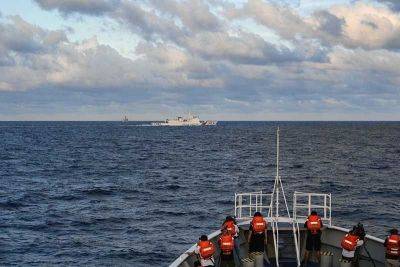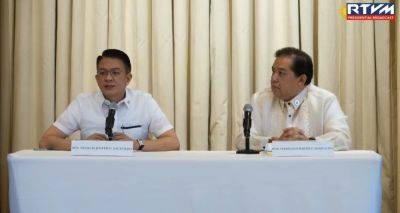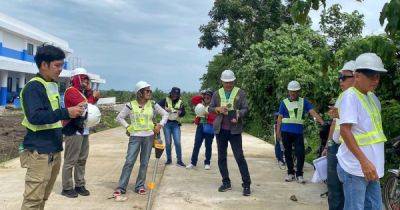AFP, PCG complete resupply mission in Ayungin
MANILA, Philippines — The latest mission to supply troops on BRP Sierra Madre in Ayungin Shoal in the West Philippine Sea was carried out smoothly despite a bigger Chinese presence in the area, the Armed Forces of the Philippines (AFP) said yesterday.
“We confirm the presence of Chinese vessels in the vicinity of Ayungin Shoal during our execution of mission. Up to eight different Chinese vessels were monitored in the vicinity, but posed no threat to our mission and our personnel were able to complete the mission and sustain our presence in the shoal,” AFP spokesperson Col. Francel Margareth Padilla said.
She said the M/V Lapu-Lapu “was able to deliver essential supplies to our troops in the area and completed the mission” last Thursday.
The AFP, with support from the Philippine Coast Guard (PCG), will vigorously perform its task of protecting the country’s interests in the West Philippine Sea, and ensuring that its ouposts – like the Sierra Madre – are sufficiently provisioned, Padilla said.
The Sierra Madre is a World War II-era transport ship beached deliberately on Ayungin in 1999 to serve as military outpost.
In the face of possible Chinese harassment, Padilla said the military remained “vigilant and prepared to respond to any challenges in protecting our personnel and operations.”
Earlier this week, the number of Chinese vessels in the West Philippine Sea rose to new record high of 251, comprising 16 People’s Liberation Army Navy (PLAN) warships, 28 China Coast Guard (CCG) boats, 204 maritime militia vessels (MMVs) and three Chinese research vessels.
Escoda (Sabina) Shoal had the highest number of Chinese vessels spotted from Sept. 17 to 23, with 11 PLAN warships, 16 CCG boats and 55 MMVs.
The second highest concentration of Chinese vessels was around Ayungin (Second Thomas) Shoal, with nine CCG vessels and 62 MMVs and one research vessel.
Supply errands – especially to Sierra Madre – had been constantly targeted by CCG ships, which in some cases even rammed PCG boats or blasted them with powerful water cannons.
At a briefing on Zoom organized by the US State Department’s Asia Pacific Media Hub, US Coast Guard Pacific Command chief Vice Admiral Andrew







